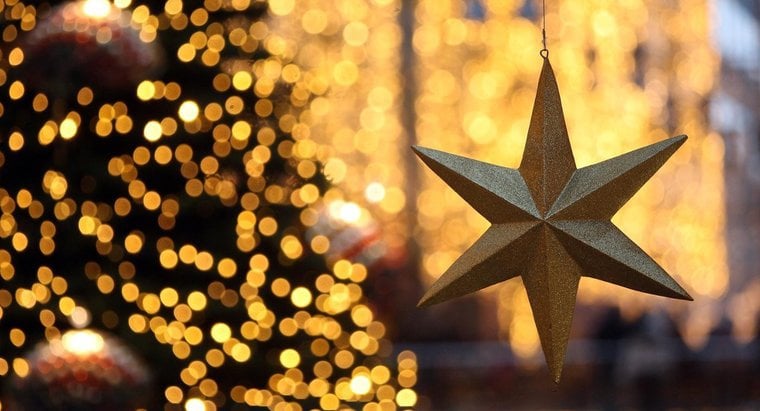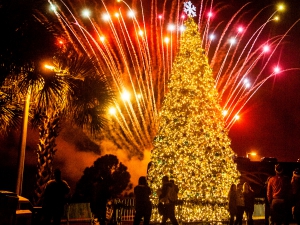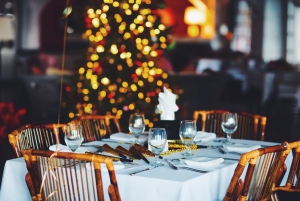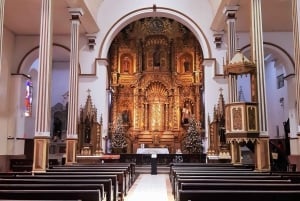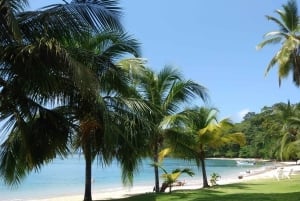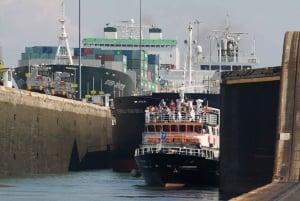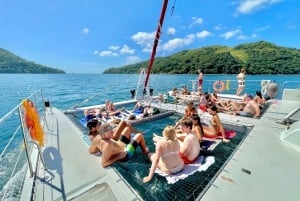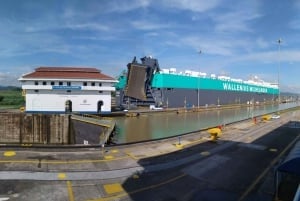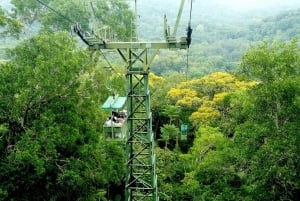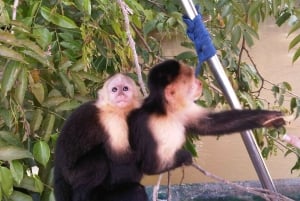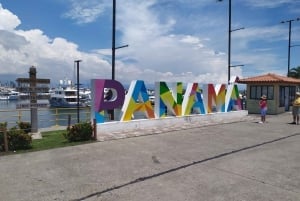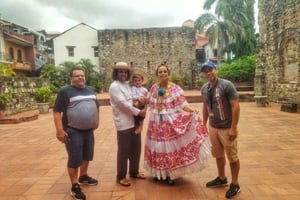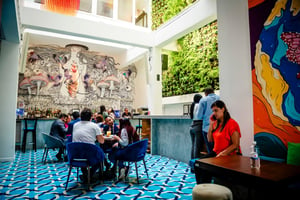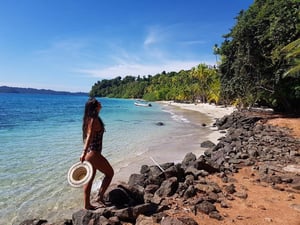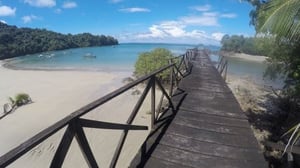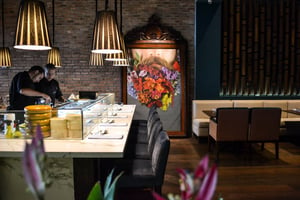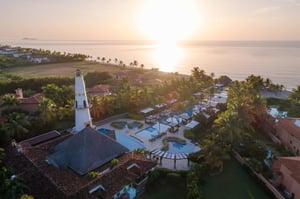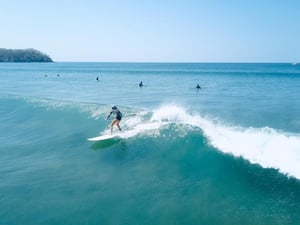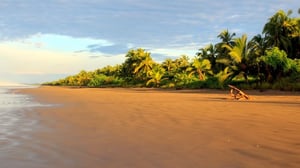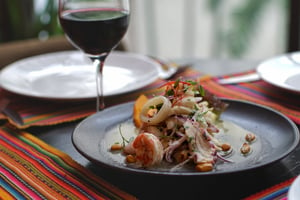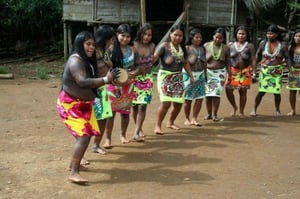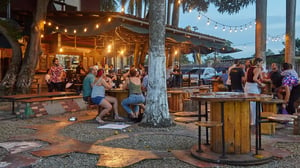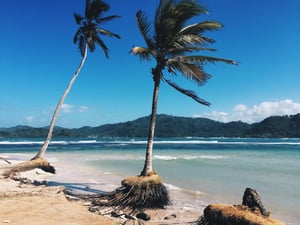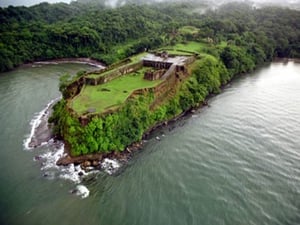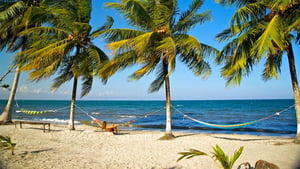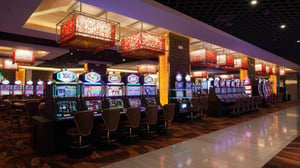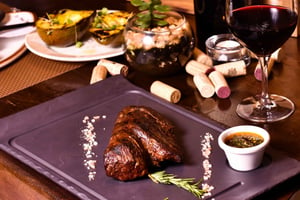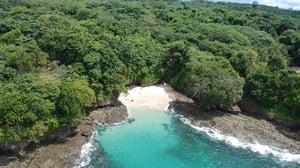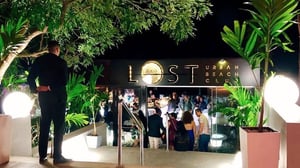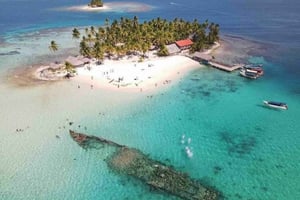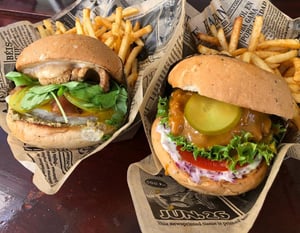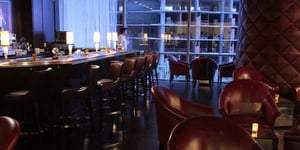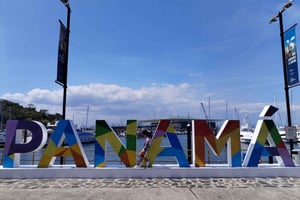Panama celebrates Christmas with a mix of Spanish, American and own traditions
Book Top Experiences and Tours in Panama:
If youʻre booking your trip to Panama last minute, we have you covered. Below are some of the top tours and experiences!- Panama City: Half-Day City Tour Canal Entry & BioMuseo Park
- Panama City: Isla Grande Beach and Portobelo Private Tour
- From Panama City: El Valle de Anton Private Full-Day Tour
- Panama: Guided Northbound Panama Canal Cruise
- Panama: Taboga Island Catamaran Cruise with Lunch & Open Bar
A paradise between two seas
Panama is a spectacular destination that offers more than 2,850 kilometers of coastline and 1,800 islands distributed along the Caribbean Sea in the north and the Pacific Ocean in the south. In the exotic waters of the Caribbean, beaches and coral reefs teeming with multicolored fish emerge. In this idyllic setting, Bocas del Toro is one of the country's favorite destinations with natural areas such as Isla Zapatilla or Bahía de los Delfines. The beaches of warm and transparent waters replete with marine stars in Guna Ayala, in the San Blas archipelago, complete the amazing natural spaces of the Panamanian Caribbean.
On the Pacific coast there are a score of beaches suitable for resting and for practicing water activities. But, undoubtedly, the most paradisiacal place is the Coiba Natural Park, one of the largest islands of volcanic origin in the Pacific.
Panama, intensely green
Panama is the second country with the greatest biodiversity in the Americas, supported by the conservation of natural parks, three of them declared World Heritage by UNESCO: La Amistad, Coiba and Darien. More than 35% of Panamanian territory is protected as a National Park or Nature Reserve.
The great variety of ecosystems and landscapes gives it such varied and contrasted landscapes as the Darien jungle, on the border with Colombia and the only area of America where the Pan-American highway is interrupted, or the desert landscape of Sarigua National Park, on the Peninsula of Azuero. Mix of American and Spanish traditions with the Panamanian Latin label The Central American country celebrates the Christmas holidays with traditions clearly marked by American and Spanish culture, but tinged with a unique Latin touch.
In Panama you can feel the arrival of parties with the smell of pine all over the city and the spectacular decorations in department stores, hotels and restaurants, which transmit year after year the feeling of Christmas to locals and visitors. Christmas carols surround the streets encouraging all Panamanians to decorate their homes with Christmas trees, Bethlehem, reindeer stuffed animals, Father Christmas figures, poinsettias, advent wreaths, garlands and bells.
A week before the festivities there is a great parade, in which school bands and national orchestras with Christmas costumes, public and private entities with floats participate, and which takes place happily animated with giant helium balloons and comic caricatures of famous people. It is an ideal time to enjoy with the family, which concludes with a concert in the Cinta Costera of Panama City.
When arriving on December 24 from very early families begin preparations for the birth of Jesus to the sound of Christmas carols, national combos (music of the 60s that fuses Calipso with jazz, blues, soul, salsa and a great variety of rhythms of America and the Caribbean), salsa and merengue, traditional music for these holidays. Around 8:00 p.m., the family dresses in their best clothes to attend the rooster's mass. Already at midnight, families take to the streets to congratulate themselves as fireworks explode to celebrate that it is Christmas Eve.
Then, the rituals are similar to the Spanish customs, which center the protagonism in the arrival of Father Christmas and in the coexistence with family and friends. In Panama there is a curious tradition to celebrate New Year's Eve, which turns protagonists of the night to dolls representing characters from public life, usually politicians who have been news during the year that is about to culminate.
These are filled with fireworks and burned with the arrival of the New Year. The explanation of this custom receives the influence, once again, of European regions, where many towns make a big bonfire to burn everything that brings bad memories to the change of season or solstice.
Cuando el niño Jesús nace o recibe el Año Nuevo, las familias visitan las atracciones turísticas del país para vivir y seguir celebrando las fiestas. Los lugares de mayor afluencia son la Cinta Costera, la Calzada de Amador, el Casco Antiguo, las playas del Pacífico a sólo 1 hora y 20 minutos de la ciudad, las playas del Caribe en la provincia de Colón a 1 hora y 35 minutos y los parques naturales como el Parque Omar y el Parque Metropolitano. Además, se pueden aprovechar y visitar otros iconos turísticos del país, como el Canal de Panamá, las ruinas de Panamá La Vieja (primera ciudad fundada en el Pacífico por los españoles) y el nuevo Biomuseo diseñado por Frank Ghery.
Deliciosas propuestas en el típico menú navideño de Panamá
En Panamá, no hay una cena de Navidad en la que se deje de servir el lechón (joven cerdo o lechón). Los menús para estas fechas suelen estar compuestos de pavo, jamón, pescado, arroz con guandú morado (palo beans), tamales (masa de maíz rellena de pollo o cerdo), ensalada de patatas con pollo y almendras, plátano en tentación (plátano maduro con canela, azúcar y vainilla), chocolate caliente, pastel de Navidad, sidra y el clásico caramelo de frutas. Últimamente se ha adoptado el hábito de comer coditos (fideos pequeños), con pollo y manzana.
En cuanto a las bebidas, además del popular ron de ponche (el equivalente panameño al ponche de crema venezolano), también se toma el saril o flor de Jamaica, una bebida de color vino que se obtiene hirviendo los pétalos de esta flor. Como dato curioso, además de ser una bebida refrescante, se considera buena para la digestión.


